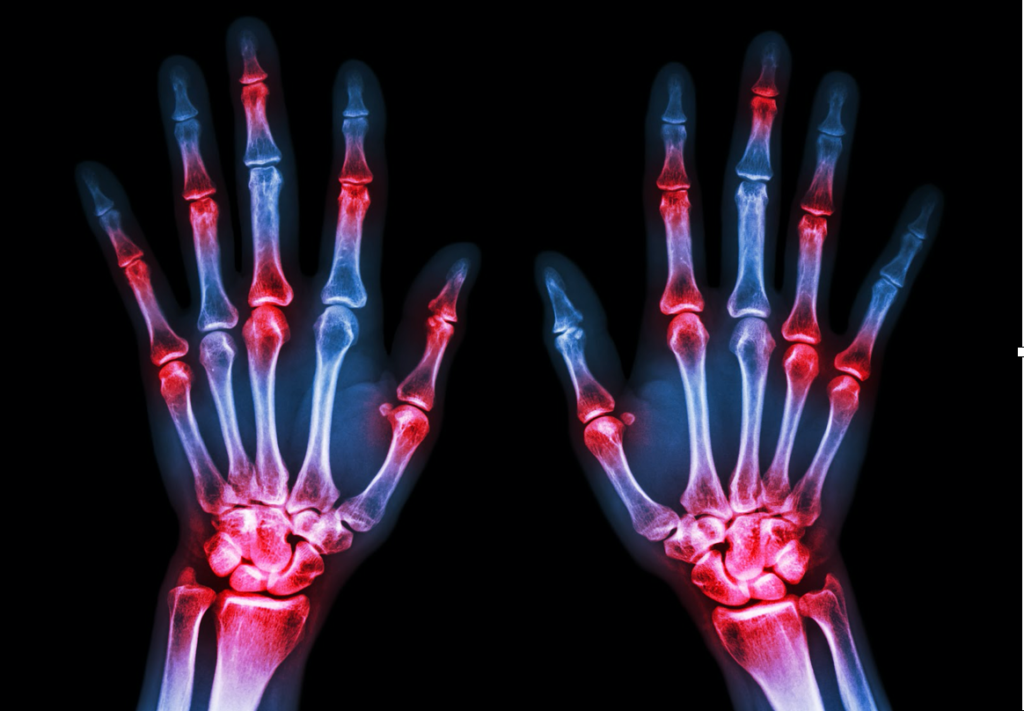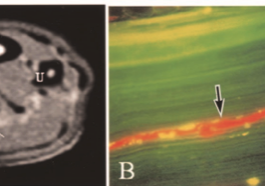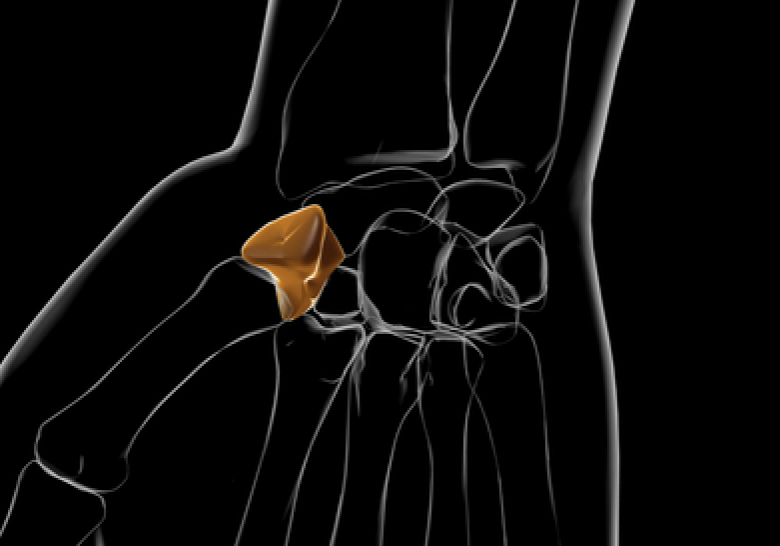7 Tips for your OA Patients!

Managing Osteoarthritis in the Hand
Our hands are one of the most intricate structures in the human body. They are composed of a network of tendons, ligaments, and nerves that make it possible to perform daily tasks such as unlocking a door, peeling an egg, or sending an email to a friend. Osteoarthritis in your hands can make these simple tasks very difficult, if not impossible.
Osteoarthritis (some people type osteo artritis by mistake) is something that comes and goes, and everyone’s symptoms are different. As a therapist, you can help your patients learn what triggers their symptoms, so they can begin to manage their arthritis effectively. These triggers can be anything from their diet, stress, sleep schedule, and daily activities. Here are some essential tips to share with your patients.
1.) Have your patients get the recommended daily exercise with a minimum of twenty minutes per day. If walking is not an option, often I’ll recommend swimming or cycling, which is very low stress on joints.
2.) Eat a healthy balanced diet. Studies have shown that a variety of nutrients may alleviate symptoms. Foods rich in vitamin c, such as fruits and vegetables, are essential to your diet. Omega 3 fatty acids found in fish and fish oil may alleviate pain (WebMD, 2018).
3.) The most significant damage to joints occurs when patients are in the inflammatory phase. Teaching patients to recognize this phase is crucial to preventing joint destruction and deformity. For example, if you have a patient presenting with inflammation of the DIP joint and the joint is painful and red, it recommends the patient wear a DIP immobilization splint or, at a minimum, wrap the common for support. The wrap can be an elastic wrap or a silicone gel sleeve. Also if your patient is having significant thumb pain from OA, you can make a custom thumb orthosis. (add link to video)
4.) Work smarter, not harder. Teach your patients to use larger joints instead of small joints. For instance, instead of holding a book with a lateral pinch, hold the book with one hand on the bottom and one on the top. This can help prevent placing further stress on vulnerable joints.
5.) Respect pain: Pain is your body’s way of protecting itself. When you are having pain, identify the possible reasons for pain and what you can do to change the pain-provoking cause. Also, if you are in pain, this typically indicates you are causing joint damage.
6.) Teaching patients that heat can improve blood flow, alleviate pain and spasm, especially before performing a range of motion.
7.) Keep a diary Having patients keep a journal recording their food intake, daily activities, and pain level can be a powerful tool to recognizing triggers.
Teaching self-management techniques for osteoarthritis can be a lifelong gift for your patients. What are some other tips and tricks you can share with your patients?
More To Read
Video Augmented Hand Therapy after CVA with hemiplegia.
The previous rapid review discussed the positive outcomes of video-augmented hand therapy after a CVA with hemiplegia. Please watch this vlog to discover how to make the video augmented box to make it easily integrated into your clinic. Video By: Shannon Skowbo
Read MoreMechanism of Interneural Edema in Carpal and Cubital Tunnel
Mechanism of Interneural Edema Over the last few weeks I have been learning about ultrasonic imaging and carpal tunnel syndrome. When reviewing carpal tunnel syndrome, I learned that intraneural edema is a common sign of compression injuries such as carpal tunnel and cubital tunnel. There are numerous causes of carpal tunnel syndrome, and every scenario…
Read MoreComparison of Custom-made Versus Prefabricated Thumb Splinting for Carpometacarpal Arthrosis: A Systematic Review and Meta-analysis
Baradaran, A., Baradaran, A., Ebrahimzadeh, M. H., Kachooei, A. R., Rivlin, M., & Beredjiklian, P. (2018). Comparison of Custom-made Versus Prefabricated Splint for Carpometacarpal Arthrosis: A Systematic Review and Meta-analysis. The archives of bone and joint surgery, 6(6), 478–485. Article Review By: Dalton Busch The Skinny – A systematic review and meta-analysis were composed to…
Read MoreSign-up to Get Updates Straight to Your Inbox!
Sign up with us and we will send you regular blog posts on everything hand therapy, notices every time we upload new videos and tutorials, along with handout, protocols, and other useful information.





